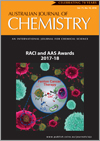
Australian Journal of Chemistry
Volume 71 Number 10 2018
RACI and AAS Awards 2017–18
This special issue of the Journal presents papers authored by RACI and AAS award winners from 2017 and 2018.
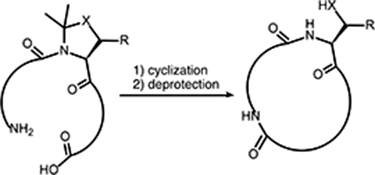
Pseudoprolines facilitate peptide cyclization reactions by acting as traceless turn-inducers to provide faster reaction times and higher yields of cyclic peptide products.
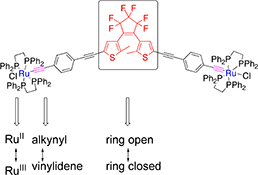
Ruthenium alkynyl complexes are highly efficient NLO-active molecules; dipolar examples exhibit record values of quadratic optical non-linearity, and specific octupolar ruthenium alkynyl stars and dendrimers show record values of cubic optical non-linearity and multiphoton absorption cross-sections. Protonation–deprotonation, oxidation–reduction, and photoisomerization stimuli have been employed at certain ruthenium alkynyl complexes to demonstrate NLO switching across a record number of states.
CH18271Overcoming the Challenges of Hydrogenation in Silicon Solar Cells
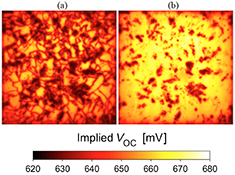
This paper discusses the challenges of passivating a range of defects in silicon solar cells using atomic hydrogen. It highlights the limited effectiveness of the conventional hydrogenation processes achieved using fast-firing, and the improved passivation that can be achieved for light-induced defects by using illuminated annealing to control hydrogen charge states.
CH18271 Abstract | CH18271 Full Text | CH18271PDF (779 KB) Open Access Article
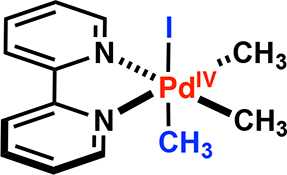
This highlight article focuses on some seminal discoveries in organopalladium(IV) chemistry and the implications and notable applications of these findings in contemporary palladium catalysis and in particular C–H activation.
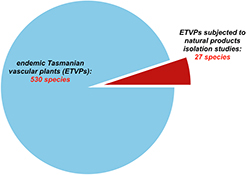
Although there are 530 known endemic Tasmanian vascular plants, natural products isolation studies have been performed on only 27 of these species (~5.1 %). This report provides the first review of the natural products isolated from endemic Tasmanian plant species and covers ~70 years of research in this area.
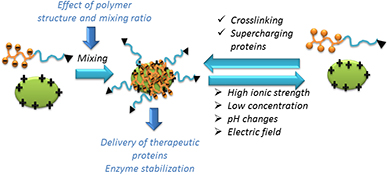
Mixing block copolymers and proteins is an easy way to encapsulate the charged payload in nanoparticles. The resulting polyion complex micelles – PIC micelles – are stable in aqueous solution while the protein is protected against degradation. This approach can be used to deliver therapeutic proteins, and also to stabilise enzymes.
CH18328Progress Towards Direct Hydrogen Peroxide Fuel Cells (DHPFCs) as an Energy Storage Concept
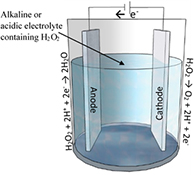
Direct H2O2 fuel cell (DHPFCs) utilise electrochemically generated H2O2 and are well suited for renewable energy storage and transportation. Given that H2O2 acts as both the fuel and the oxidant in these systems, DHPFCs can be designed to be membraneless and fully reversible, giving them several advantages over other ‘clean-energy’ fuel cells. This review examines the recent research into electrochemical H2O2 generation and its use in DHPFCs.
CH18251Flexible Analogues of Azaindole DYRK1A Inhibitors Elicit Cytotoxicity in Glioblastoma Cells

Deconstruction of a DYRK1A lead molecule leads to ring-opened analogues that do not show activity towards DYRK1A. However, they still reduce viability of glioblastoma cells through other mechanistic pathways.
CH18243Chromolactol, an Oxygenated Diterpene from the Indo-Pacific Nudibranch Goniobranchus coi: Spectroscopic and Computational Studies
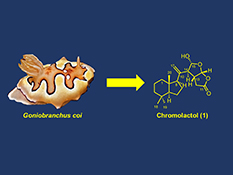
The structure of a rearranged spongian diterpene chromolactol from the Indo-Pacific nudibranch Goniobranchus coi has been investigated by NMR experiments informed by molecular modelling studies and density functional calculations. A biosynthetic pathway leading to the preferred diastereomer of chromolactol (1a) is presented.
CH18269Can Popular DFT Approximations and Truncated Coupled Cluster Theory Describe the Potential Energy Surface of the Beryllium Dimer?
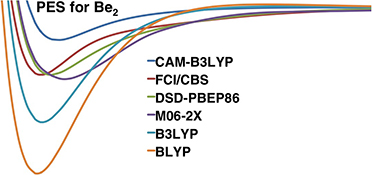
The potential energy surface (PES) for the beryllium dimer has long been considered one of the most challenging problems in quantum chemistry. This work determines an accurate PES for the beryllium dimer and uses this reference data to evaluate the performance of approximate density functional theory and coupled cluster methods for this challenging PES.
CH18266Microfluidic Radiosynthesis of the Muscarinic M2 Imaging Agent [18F]FP-TZTP

The fluorine-18 radiolabelling optimisation of the selective muscarinic M2 imaging agent [18F]FP-TZTP was performed using continuous-flow microfluidics. When scaled up to production-level quantities, [18F]FP-TZTP could be produced using decreased amounts of reagents in good radiochemical yield and molar activity.
CH18315Electrochemical Reduction of 2,4-Dinitrotoluene in Room Temperature Ionic Liquids: A Mechanistic Investigation
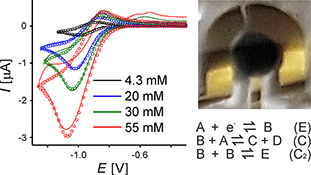
The electrochemical reduction mechanism of 2,4-dinitrotoluene (DNT) in ionic liquids is studied. Stepwise reduction of the two nitro groups gave rise to two distinctive peaks. The first peak becomes chemically irreversible at increasing concentration, and digital simulation suggests that the follow-up chemical steps involve dimerisation of the radical anion, and/or abstraction of a proton from another DNT molecule.
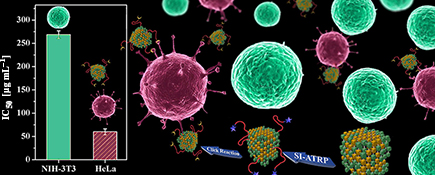
In this study, a PEGylated iron MOF nanoparticle as a new and effective agent for Fenton cancer therapy method is reported. This stable nanoparticle, which can destroy cancer cells using the cells’ H2O2 does not have the issues such as low stability, high aggregation, and poor selectivity that have been reported for similar nanoparticles.




